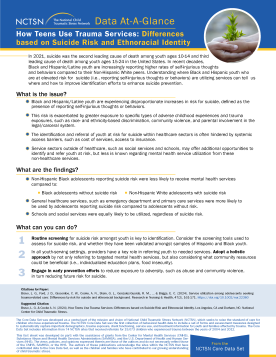
Data-At-A-Glance: How Teens Use Trauma Services: Differences Based on Suicide Risk and...
Provides information about suicide risk and ethnoracial identity.
The following resources on child trauma were developed by the NCTSN. To find a specific topic or resource, enter keywords in the search box, or filter by resource type, trauma type, language, or audience.

Provides information about suicide risk and ethnoracial identity.
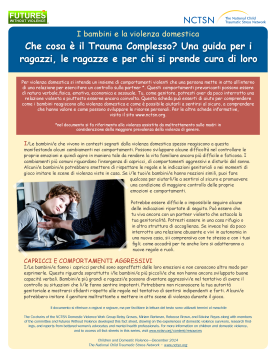
Provides parents information on how to talk to children about domestic violence. This fact sheet discusses how to manage challenging behavior in children living in domestic violence situations. Translated in 2024.
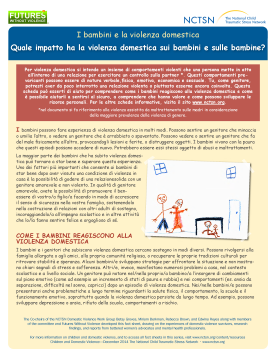
Provides parents with information on how to talk to children about domestic violence. This fact sheet discusses how domestic violence can affect children. Translated in 2024.

Provides guidance on responding to disaster, violence, or terrorism events using the Psychological First Aid intervention.
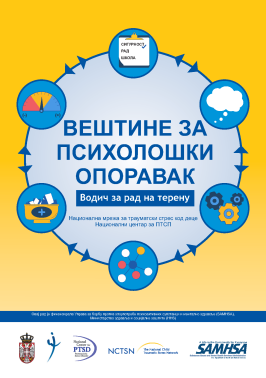
Gives guidance on responding to disaster, violence, or terrorism events using the Skills for Psychological Recovery intervention. This approach helps to assist children, adolescents, adults, and families in the aftermath of disaster and terrorism.
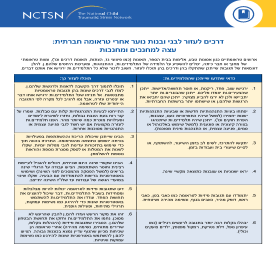
Lists common reactions educators might see in the students with whom they work and suggestions on how they may help after community trauma.

Provides an understanding of why it is important to talk to children about hate-based violence against AAPI communities, how to recognize signs of traumatic stress and its impact, how to begin a conversation with youth about anti-AAPI hate, and what can be done in response.
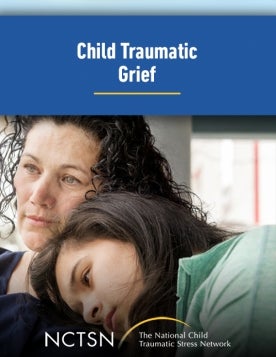
Describes assessment strategies and evidence-based interventions for interpersonal violence in the wake of the COVID-19 pandemic across development, with a focus on 1) how to ask children about their trauma experiences and responses; 2) the use of Child-Parent Psychotherapy (CPP) for young...
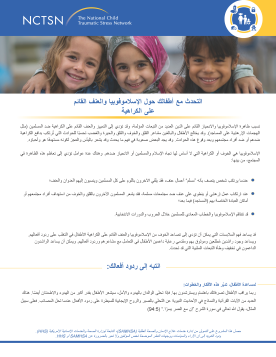
Discusses Islamophobia and hate-based violence against Muslims with children. This fact sheet highlights, for parents and caregivers, strategies that can be used to facilitate effective conversations, age-specific guidelines, and actions families and communities can take before an event occurs.
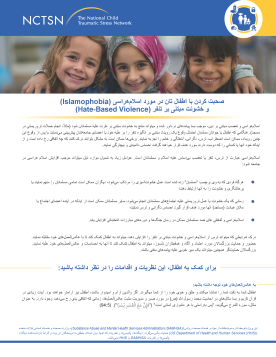
Discusses Islamophobia and hate-based violence against Muslims with children. This fact sheet highlights, for parents and caregivers, strategies that can be used to facilitate...
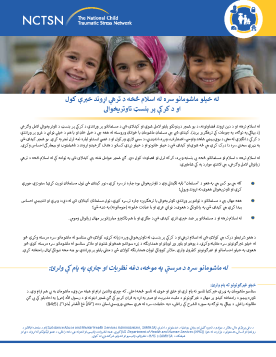
Discusses Islamophobia and hate-based violence against Muslims with children. This fact sheet highlights, for parents and caregivers, strategies that can be used to facilitate...
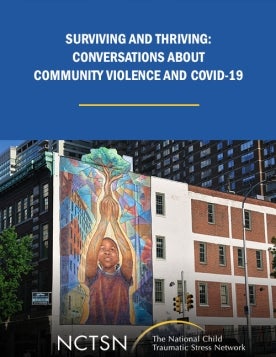
Explores how young people respond to community violence and the lasting effects of marginalization and hate-based trauma. This webinar discusses creative strategies to help youth process these challenges and build resilience.